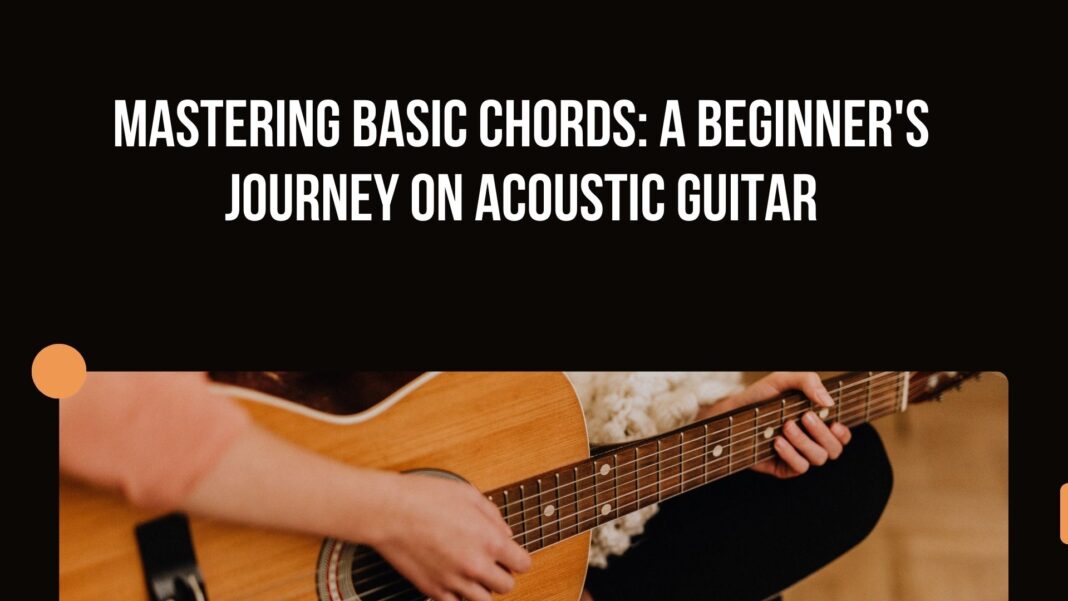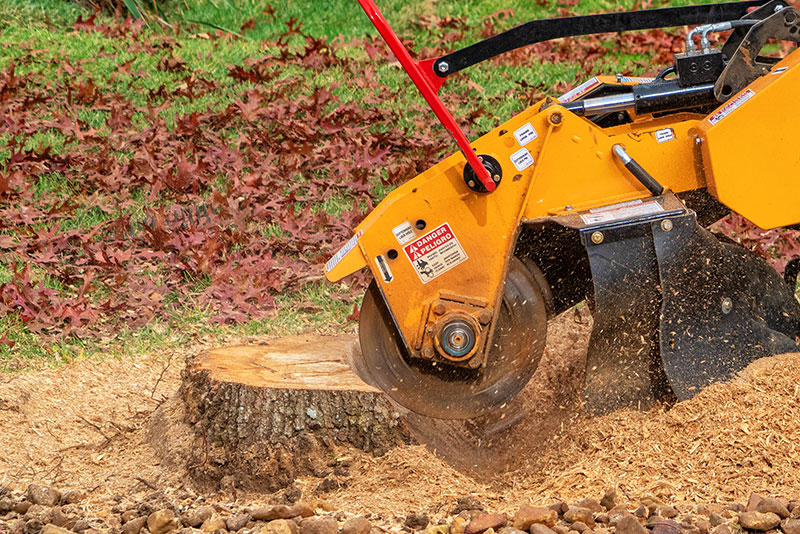Learning to play the acoustic guitar is a thrilling adventure for music enthusiasts. From the first strum to playing recognizable songs, mastering basic chords is an essential step in this journey. This article explores how beginners can navigate the learning curve, build confidence, and unlock their potential to make beautiful music.
Understanding the Basics: The Role of Chords in Music
Chords are the building blocks of most musical compositions. A chord is a combination of two or more notes played simultaneously, creating harmony. On an acoustic guitar, mastering basic chords such as G, C, D, E minor (Em), and A major (A) forms the foundation for playing countless songs.
Choosing the Right Acoustic Guitar for Beginners
Before diving into chords, it’s crucial to ensure your guitar suits your needs. Beginners often find acoustic guitars with lighter strings and smaller bodies easier to handle. Check the action (the distance between the strings and fretboard) to ensure it’s low enough to minimize finger strain while learning.
The Essential Chords for Beginners
Here are some basic chords to start your journey:
- E Minor (Em): Known as one of the easiest chords, it uses only two fingers and sounds great on its own or in combinations.
- C Major (C): A versatile chord that challenges finger placement but introduces the richness of chord progression.
- G Major (G): A bright-sounding chord fundamental to many popular songs.
- D Major (D): A compact chord that sounds crisp and is often paired with G in progressions.
- A Minor (Am): A moody chord that sets the tone for emotional pieces.
Techniques for Learning Chords
Proper Finger Placement
Ensure your fingers press the strings firmly on the fretboard. Avoid touching adjacent strings to produce a clean sound.
Strumming Practice
Start with simple downstrokes before experimenting with upstrokes and rhythm patterns.
Chord Switching
Transitioning smoothly between chords is a critical skill. Practice moving from one chord to another slowly and accurately, increasing speed over time.
Use of a Metronome
A metronome helps develop a consistent rhythm and timing when practicing chords and strumming patterns.
Common Challenges for Beginners
- Sore Fingers: Initially, your fingertips may hurt as they adjust to pressing the strings. Over time, calluses will develop, reducing discomfort.
- Buzzing or Muted Strings: This occurs if fingers aren’t positioned correctly or pressing hard enough. Be patient and adjust your grip as needed.
- Slow Chord Changes: Start with simple two-chord progressions and gradually add complexity.
Tips to Stay Motivated
- Set Small Goals: Aim to master one or two chords each week.
- Play Simple Songs: Many songs use only three or four basic chords. Playing familiar tunes boosts confidence and enjoyment.
- Track Progress: Record yourself to notice improvements over time.
- Join a Community: Learning with others can be motivating and help you stay accountable.
Tools to Enhance Learning
- Chord Charts: Visual guides showing finger placement for chords.
- Guitar Tuners: Ensure your guitar is in tune for the best sound.
- YouTube Tutorials: Free resources for visual learners.
- Mobile Apps: Apps like Yousician or Fender Play offer structured lessons and interactive feedback.
The Joy of Mastery
As you practice, you’ll notice significant improvement in how chords sound and how fluidly you transition between them. Mastering basic chords opens up opportunities to explore advanced techniques like fingerpicking, barre chords, and soloing.
Conclusion
Mastering basic chords is a rewarding milestone on the journey to becoming an acoustic guitarist. It requires patience, dedication, and a love for music. By focusing on the fundamentals, overcoming challenges, and celebrating small victories, beginners can enjoy the immense satisfaction of playing the songs they love. So pick up your guitar, start strumming, and let your journey unfold—one chord at a time.




